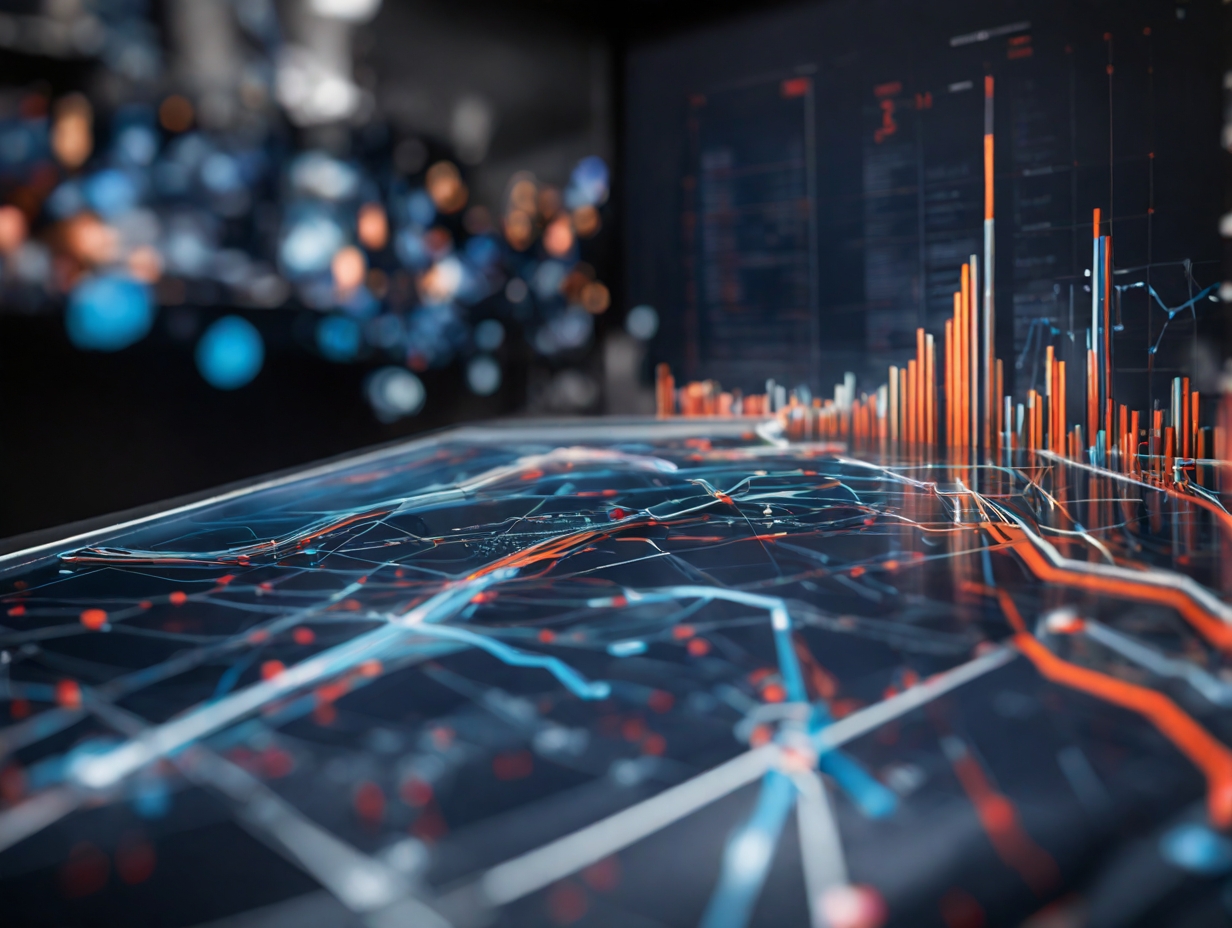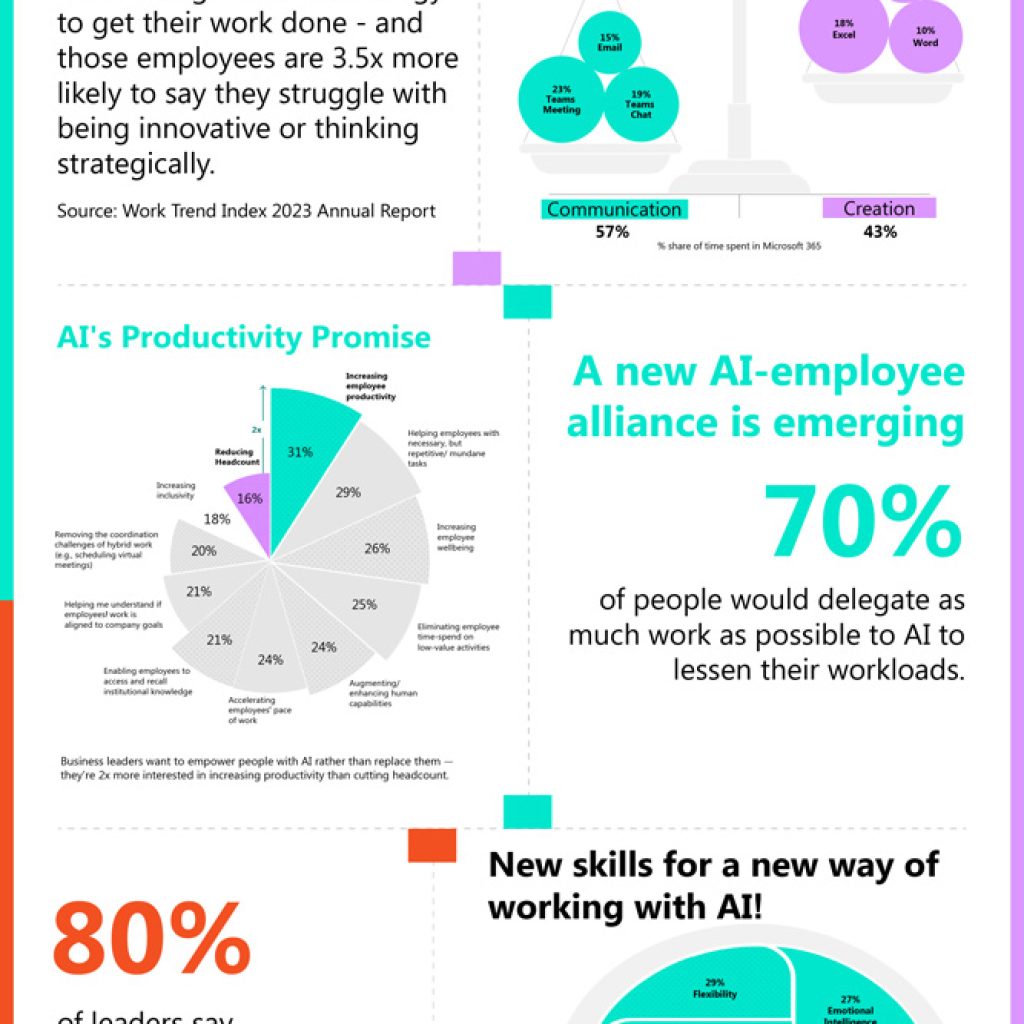Owing to the data-driven approach penetrating the markets by the organization in the recent past, they rely more on edge computing for processing data and decision implementation, which shapes top-level decisions. The predictions and prognoses of analysts have been made relevant and applied to real life as a consequence, there will be a huge number of growth in data stores worldwide, which will be shown in compound annual growth rate (CAGR) of 80% till 2027 which makes the future of business global now.
The rapid adoption of edge deployments
Alongside that, an adoption process is taking place. This is evidenced by approximately two-thirds of businesses moving into edge deployment pilots or live deployments. In contrast, one-third are still contemplating working and partnering with edge technologies. The industrial sector emerges as the obvious partner of CSP in providing agile and reliable machine learning application facilities that use edge data mining to fine-tune the network’s common requirements to greatly help minimize the number of cycles.
This is now not the question of business-to-business cooperation but to what extent will organise the activities around CSR? Unlike in the movie, there is a central theme about how long businesses will understand it. The future of data processing from the edge is quite visible to the estimation of the 62% way towards the path of more advances. Data usage, tailing by AI with a capable code to make an operation faster for getting a product with high-quality insights and clear differentiation in the technologies, is a cutting-edge process.
For the business to take advantage of the edge data fully and, ultimately, transform into a data-driven organization, there is the need for convergence of these technologies: Edge computing, data management, and smart computing, including AI. The confluence of the above-noted factors could be phenomenal, which will bring a new way of thinking and making new habits, simplifying the creation process, and finally exposing mankind to different lifestyles, at least in terms of effects and innovation.
Data produced through Observation points and Internet of Things systems coalesces into the information domain, showing the data’s openness during the data analytic decisions. Providing data quality information, the most valuable data, through advanced data management systems is the instrument for efficiency and clarity in data transmissions. Such data is then ready for further analysis and used for research. AI machine learning enables edge computing to acquire and process time-critical information and then relationship with it, which makes it a source of original value at the source itself.
The synergy of edge technologies, data handling, and AI that endorses such events makes them the principal components of the projects where big data is involved. Pooled together, initiating simultaneously at a distance from the system center and putting the final point for any inflow of the outside factors at the boundaries, the entire system will, in this way, function as a mechanism that leads to acceleration of the system’s functioning speed.
Optimizing AI inferencing strategies at the edge
Smart industrial enterprises will use AI edge inferencing for their next trend, which highly defines their success: a significant increase in efficiency and/or reduction of production costs. Long-term investments in advanced digital tools can bring benefits such as lowered costs and inputs drawn from far-reaching places to the company.
An AI algorithm ranks various data fragments using data accumulated from different sources for different cases, automatically leading to better performance. Most business leaders know that they will be an advantage as their sector’s AI ecosystem will be enhanced as Dell’s new code rewrite has been completed.
This article originally appeared in the Forbes





